Economy
Feds spending $1.7 million pushing carbon tax on other countries
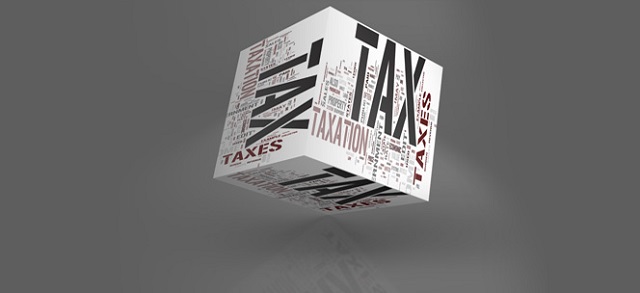
From the Canadian Taxpayers Federation
Author: Ryan Thorpe
The Trudeau government is dumping $1.7 million into a failed bid to get countries around the world to impose carbon taxes, according to access-to-information records obtained by the Canadian Taxpayers Federation.
“All Canadians need to do to know Prime Minister Justin Trudeau’s carbon tax push is an utter failure is look south of the border and see the United States’ refusal to impose their own tax,” said Franco Terrazzano, CTF Federal Director. “If Trudeau can’t even get our biggest trading partner and ally to impose a carbon tax, then why is he wasting money trying to push this unpopular tax around the world?”
The Trudeau government launched the Global Carbon Pricing Challenge at COP26 in 2021.
The program “aims to see 60 per cent of global GHG emissions covered by carbon pricing policies by 2030.” The program website notes “carbon pricing is most effective when more countries adopt it.”
But the results so far are dismal for the government.
Only 24 per cent of global emissions are currently covered by a carbon tax. About 70 per cent of countries do not have a national carbon tax, according to the World Bank.
Three of the four largest emitting countries – the U.S., Russia and India – currently do not have a national carbon tax, according to the World Bank.
“The [climate] community has largely moved into a different framework,” said John Podesta, a long-time Democratic strategist, when asked about whether the Biden administration would impose a carbon tax in the U.S.
Only 12 countries, including Kazakhstan and Chile, have signed onto the Global Carbon Pricing Challenge as “partners,” alongside the European Union. Côte d’Ivoire is listed as the lone “friend” of the program.
There are 195 countries in the world, according to the United Nations.
“This program is a complete failure that’s wasting taxpayers’ money,” Terrazzano said. “The carbon tax makes life in Canada more expensive, forces taxpayers to pay for more bureaucrats to administer it and now we learn we’re also paying for the government to push this failed policy on other countries.”
Records obtained by the CTF show the Trudeau government has spent $811,598 on salaries for bureaucrats, operations and maintenance, and guidance and control for the program since the 2021-22 fiscal year.
The government committed an additional $974,900 towards the creation of an independent secretariat to “support the GCPC.”
The federal government has also spent about $200 million administering the carbon tax in Canada since it was first imposed, according to separate records obtained by the CTF.
Canada’s “GDP is expected to be about $25 billion lower in 2030 due to carbon pricing than it would be otherwise,” according to the Globe and Mail.
“Trudeau should stop wasting money, stop punishing Canadians and scrap the carbon tax,” Terrazzano said.
Business
Higher carbon taxes in pipeline MOU are a bad deal for taxpayers

The Canadian Taxpayers Federation is criticizing the Memorandum of Understanding between the federal and Alberta governments for including higher carbon taxes.
“Hidden carbon taxes will make it harder for Canadian businesses to compete and will push Canadian entrepreneurs to shift production south of the border,” said Franco Terrazzano, CTF Federal Director. “Politicians should not be forcing carbon taxes on Canadians with the hope that maybe one day we will get a major project built.
“Politicians should be scrapping all carbon taxes.”
The federal and Alberta governments released a memorandum of understanding. It includes an agreement that the industrial carbon tax “will ramp up to a minimum effective credit price of $130/tonne.”
“It means more than a six times increase in the industrial price on carbon,” Prime Minister Mark Carney said while speaking to the press today.
Carney previously said that by “changing the carbon tax … We are making the large companies pay for everybody.”
A Leger poll shows 70 per cent of Canadians believe businesses pass most or some of the cost of the industrial carbon tax on to consumers. Meanwhile, just nine per cent believe businesses pay most of the cost.
“It doesn’t matter what politicians label their carbon taxes, all carbon taxes make life more expensive and don’t work,” Terrazzano said. “Carbon taxes on refineries make gas more expensive, carbon taxes on utilities make home heating more expensive and carbon taxes on fertilizer plants increase costs for farmers and that makes groceries more expensive.
“The hidden carbon tax on business is the worst of all worlds: Higher prices and fewer Canadian jobs.”
Business
Man overboard as HMCS Carney lists to the right

Steven Guilbeault, Heritage Minister and Quebec lieutenant, leaves cabinet this week with his chief of staff, Ann-Clara Vaillancourt. He resigned on Thursday.
Steven Guilbeault’s resignation will help end a decade of stagnation and lost investment.
Steven Guilbeault’s resignation will come as no surprise to Mark Carney – save, perhaps, for the fact that it took so long.
The former environment minister quit on Thursday evening, after the prime minister unveiled his memorandum of understanding with Alberta premier, Danielle Smith. That deal is aimed at creating the conditions to build an oil pipeline to the West Coast and encouraging new investment in the province’s natural gas electricity generation sector. In doing so, Carney cancelled the oil and gas emissions cap and the clean electricity regulations that Guilbeault had been instrumental in constructing and imposing.
Fly Straight is a reader-supported publication.
To receive new posts and support my work, consider becoming a free or paid subscriber.
The former environmental activist couldn’t accept the continued expansion of fossil fuel production and so walked away after six years in cabinet.
In his resignation statement, he said he strongly opposes the MOU with Alberta because it was signed without consultation with the province of British Columbia and First Nations.
He said removing the moratorium on oil tankers off the West Coast would increase the risk of accidents and suspending clean electricity regulations, which blocked new gas generation, will result in an “upwards emissions trajectory”.
In particular, he was upset about the expansion of federal tax credits to encourage enhanced oil recovery, a carbon storage technology that captures carbon dioxide from industrial emitters and injects it back underground. Guilbeault considered this a direct subsidy for oil production – a business he said he hoped the government was exiting.
In a Twitter post, I called Guilbeault “anti-Pathways” – that is, opposed to the giant carbon capture and storage development that Carney views as crucial to offsetting the building of a new pipeline.
One of Guilbeault’s defenders said he is not anti-Pathways, and that, in fact, he was part of the trifecta, along with Chrystia Freeland and Jonathan Wilkinson, who negotiated the details on the investment tax credit “that will pay 50 percent of the cost of construction to a bunch of rich oil companies”. To me, that showed Guilbeault’s (and his supporters) true colours. If he wasn’t anti-Pathways, he certainly wasn’t pro.
When he said he would back Carney’s leadership bid in January, I wrote that it was an endorsement the aspiring Liberal leader could do without.
The now-prime minister always had in his mind a plan to build, including fossil fuel production, offset by technology adoption and a stronger industrial carbon price in Alberta. Even then, he made clear he was prepared to be pragmatic in a time of crisis.
Guilbeault’s plan was to regulate the industry to death.
It was always going to end badly but, as Carney told me last winter, Guilbeault provided crucial support on the ground in Quebec and any politician’s first responsibility is to win.
Guilbeault should be respected for his deep convictions on climate change and his commitment to leaving a better world to our children.
But he should never have been allowed to dictate environmental policy in this country. He refused to view natural gas as a bridging fuel in the energy transition in a country that has reserves of a resource that will, at current production levels, last 300 years.
He made clear his lack of enthusiasm for small modular nuclear reactors and new road-building.
And he pushed an oil and gas emissions cap that he knew would hit production levels and further (if that were possible) alienate Western Canadians.
His departure – and that of Freeland – give Carney scope to pursue what he hopes is a transformative response to not only Donald Trump, but to federal policies that amounted to driving with the handbrake on. Carney has made his intent clear – to optimize Canada’s resource wealth, while attempting to minimize emissions.
Five years ago, Trudeau was nearly tarred and feathered during a visit to Calgary; Carney received two standing ovations in the same town yesterday.
For too many years under the Trudeau/Freeland duopoly the plan was to redistribute the pie. Now it is clearly about wealth creation.
In my National Post columns, I have been scathing about some of the things the Carney government has done, as is appropriate for someone whose prime directive is the public interest. The decisions to recognize a Palestinian state; apologize to Trump for the Ontario “Ronald Reagan” ad; announce a bunch of major projects that were so advanced they didn’t need to be fast-tracked; split spending into the confusing binary of “operating” or “capital”; and visit the United Arab Emirates on a trade mission in the midst of a genocide in Sudan that the Emiratis had helped to fund were all, to me, missteps.
But, so far, Carney has got the big things right. The budget and this MOU are auspicious moves aimed at ending a decade of stagnation and lost investment.
There is a new mood of anticipation in the country, summed up in the S&P/TSX index, which hit record highs this week on the back of energy and mining stocks. Canadian pension funds are taking another look at the domestic market, intrigued by the prospect of investing in the potential privatization of airports, for example.
Canada is feeling better. There has been a shift in the mindset from saying no to everything to being open to removing barriers that stop the private sector from investing.
Success and prosperity are not guaranteed. But stagnation need not be either.
Fly Straight is a reader-supported publication.
To receive new posts and support my work, consider becoming a free or paid subscriber.
-

 Alberta10 hours ago
Alberta10 hours agoFrom Underdog to Top Broodmare
-

 Energy1 day ago
Energy1 day agoPoilievre says West Coast Pipeline MOU is no guarantee
-
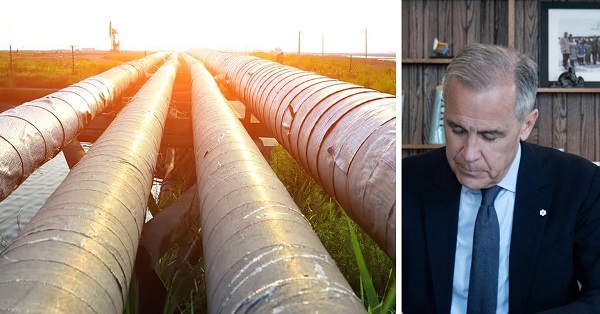
 Energy1 day ago
Energy1 day agoWill the New West Coast Pipeline MoU Lead to Results? Almost Certainly Not According to AI
-
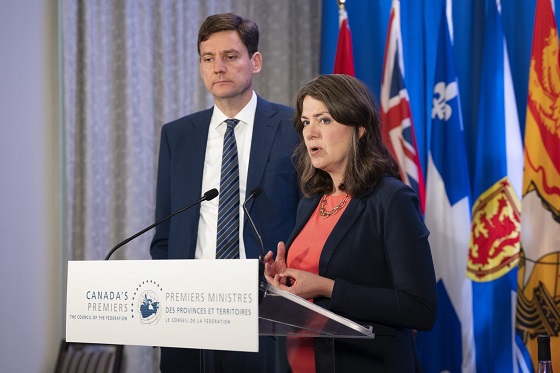
 Alberta1 day ago
Alberta1 day agoWest Coast Pipeline MOU: A good first step, but project dead on arrival without Eby’s assent
-

 Carbon Tax1 day ago
Carbon Tax1 day agoCanadian energy policies undermine a century of North American integration
-
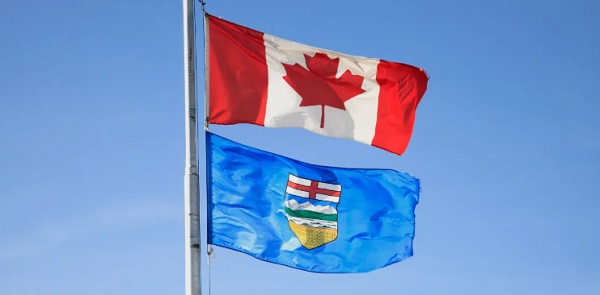
 Alberta1 day ago
Alberta1 day agoCarney forces Alberta to pay a steep price for the West Coast Pipeline MOU
-

 Alberta1 day ago
Alberta1 day agoAlberta and Ottawa ink landmark energy agreement
-
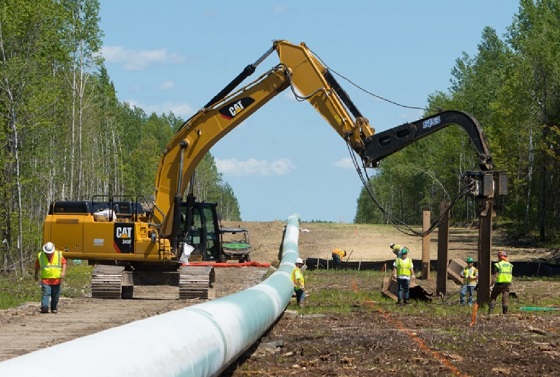
 Energy22 hours ago
Energy22 hours agoOttawa and Alberta’s “MOU” a step in the right direction—but energy sector still faces high costs and weakened competitiveness





